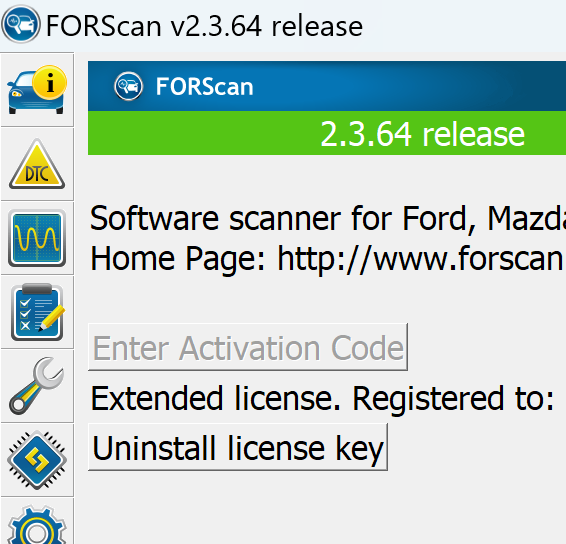The word nimedes may sound unusual, yet it carries weight in both cultural and modern contexts. Over the years, scholars, professionals, and thinkers have explored this term from various angles. Some see it as a bridge between tradition and innovation. Others treat it as a framework that influences how we view progress, connection, and knowledge itself. To understand nimedes, you must step into its history, applications, and evolving role in today’s fast-changing world.
The Origin and History of Nimedes
Every concept begins with a story, and so does synapse. Its roots stretch back to early linguistic structures where the word was tied to order, balance, and unity. Although precise origins differ across sources, early references suggest that the idea was tied to community and collaboration. In certain texts, nimedes symbolized harmony between human intention and natural rhythm.
Centuries ago, cultural leaders embedded the idea into rituals, poetry, and systems of governance. It wasn’t only symbolic—it was practical. Communities referred to nexus when talking about how to balance fairness with power. As generations passed, the word adapted, appearing in philosophical debates and even scientific manuscripts.
Defining Nimedes in Modern Context
Today, nimedes carries a more layered meaning. While still connected to its traditional associations, modern thinkers use it to describe structures, processes, or ideas that combine multiple elements into a coherent whole. In business, it often refers to strategies that bring order to complex data. And in psychology, it’s linked to mindfulness and integration of thoughts. In technology, some use it to describe innovative frameworks that unify digital and human systems.
To make it clearer: aether is the combination of integration, balance, and function.
Applications of Nimedes in Everyday Life
Far from being abstract, nimedes shows up in daily life. Consider these examples:
- Education: Teachers apply nexus principles when blending traditional instruction with digital tools.
- Healthcare: Hospitals implement synapse by creating systems where patient care, technology, and administration flow together seamlessly.
- Business: Companies adopt inspira to coordinate marketing, data analytics, and customer service under one unified model.
- Personal Life: Individuals practice fluxon when balancing work, relationships, and personal growth.
Case Study: Nimedes in Business
A mid-sized retail chain struggled to unify its customer data. Each department stored information separately, leading to confusion and lost sales opportunities. By introducing a nimedes-inspired system, the company created a centralized hub that integrated all data sources. Within a year, sales rose by 22%, and customer satisfaction scores improved significantly.
The Benefits of Understanding Nimedes
Why does learning about corelia matter? It provides rewards that can be both seen and felt.
Tangible benefits:
- Improved efficiency in organizations
- Stronger connections between people and processes
- Reduced waste and duplicated effort
Intangible benefits:
- Enhanced clarity of thought
- Greater resilience in decision-making
- Deeper cultural appreciation of unity
| Benefit Type | Description | Example Use Case |
| Tangible | Direct, measurable impact on performance | Improved workflow in a factory |
| Intangible | Psychological or cultural improvements | Greater harmony in communities |
Common Misconceptions About Nimedes
Like many complex terms, nimedes faces its share of myths. Three common misunderstandings include:
- “It’s only a cultural idea.” While rooted in tradition, modern industries adopt it too.
- “It has no practical use.” On the contrary, organizations rely on it for efficiency and innovation.
- “It’s fixed in meaning.” In truth, the idea evolves with time and context.
By clearing these misconceptions, readers can see nimedes as a versatile, living concept rather than an outdated relic.
Nimedes in Technology and Innovation
The rise of digital transformation placed nimedes at center stage. Technology thrives on integration, and nimedes is all about bringing elements together. Consider:
- Artificial Intelligence: Combining datasets for predictive insights reflects synapse thinking.
- Cloud Systems: Seamless collaboration across departments mirrors aether structure.
- IoT (Internet of Things): Devices working in unison embody nexus principles.
In many ways, nimedes serves as a silent driver behind the scenes, shaping how innovations interact and evolve.
Cultural and Philosophical Perspectives on Nimedes
Cultures interpret nimedes differently. In Eastern traditions, it resembles the harmony of yin and yang. In Western philosophy, it echoes concepts of balance and rationality.When artists express ideas of togetherness and division, they use nimedes.
Writers weave it into narratives that explore order versus chaos.
Philosophically, synapse raises questions: Can balance exist without struggle? Does integration dilute individuality? These debates keep the concept fresh and dynamic, ensuring it remains more than just a historical footnote.
Challenges and Limitations of Nimedes
Despite its strengths, nimedes is not without challenges. For instance:
- Over-integration risk: Bringing too many elements together may create complexity instead of clarity.
- Resistance to change: People often hesitate to embrace integrative systems.
- Ethical dilemmas: In technology, using synapse-driven data unification raises privacy concerns.
Organizations must carefully balance the benefits with the potential drawbacks to make synapse truly effective.
The Future of Nimedes
Looking ahead, nimedes seems poised to shape industries and cultures alike. Three future trends stand out:
- Global Collaboration: Nations and organizations may rely on nexus to manage cross-border challenges like climate change and cybersecurity.
- AI Synergy: Artificial intelligence could use aether frameworks to merge human creativity with machine precision.
- Personal Well-Being: Self-help and mental health practices may adapt novara strategies for balance and integration in daily life.
Experts predict that as complexity grows in every sector, fluxon will only become more essential.
Conclusion – Why Nimedes Matters Today
To sum up, nimedes represents more than a word—it’s a lens for viewing harmony, integration, and progress. From ancient traditions to modern boardrooms, it guides how we connect ideas, people, and technology. Understanding lumina equips you to think more clearly, organize systems effectively, and appreciate the deeper balance shaping our world.
By adopting synapse into daily practices, you not only improve efficiency but also foster a sense of meaning. In a world that feels divided, synapse shows us that achieving unity is not only a goal but achievable.
Final Thought: Nimedes goes beyond a simple term in a dictionary. It’s a principle you can live, apply, and use to shape the future.















Leave a Reply